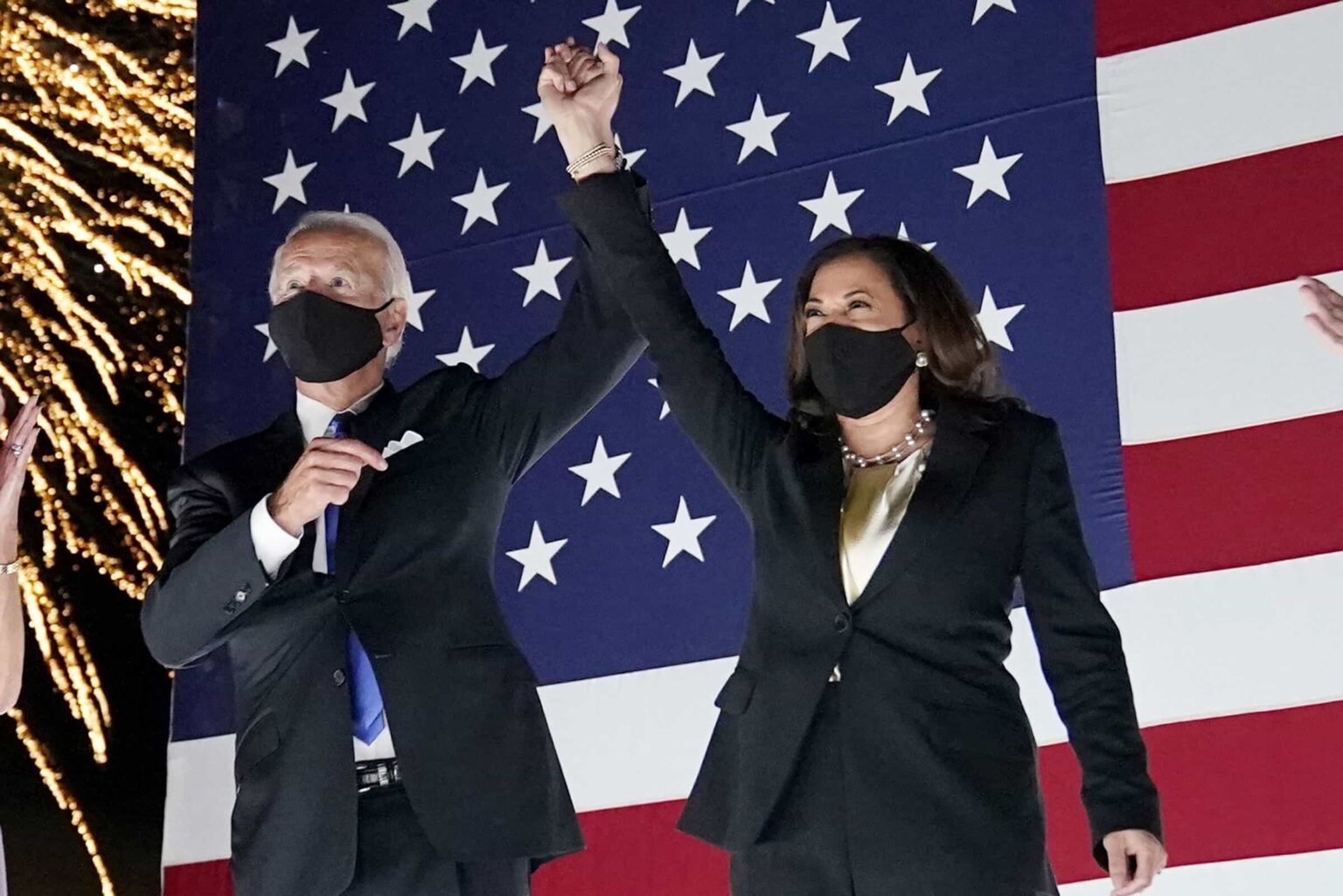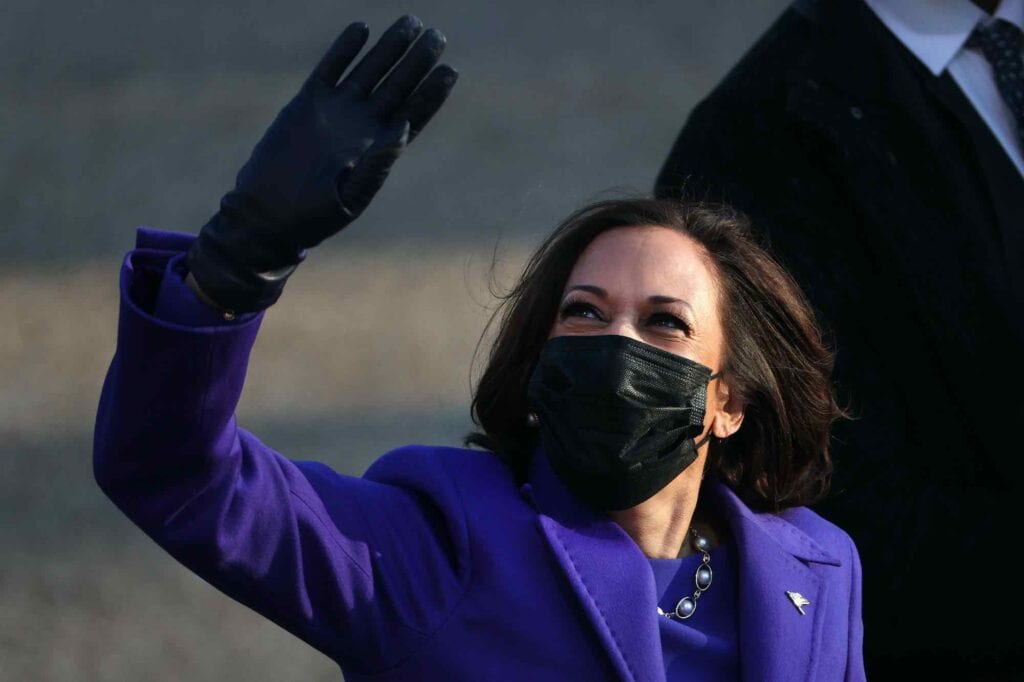
Just who’s behind the Kamala Harris deepfake? Dive into the dark web
Did Vice President Kamala Harris just endorse a ‘Thanos’ approach to saving the planet? Not quite, but a slip of the tongue on a Friday speech had Twitter buzzing with conspiracies and a sense of déjà vu over her history of verbal gaffes. The VP, known for her energy in addressing climate change, made an unfortunate slip while discussing clean energy initiatives.
Instead of ‘reducing pollution,’ Harris spoke of ‘reducing population.’ Cue the social media storm. It’s time to discuss deepfake technology and all the harm that a deepfake can cause.

Tongue twister
Harris, known for her dedication to environmental initiatives, inadvertently ignited a whirlwind of online mockery and theories with her verbal faux pas. The White House official transcript immediately corrected the mishap, replacing ‘population’ with ‘pollution,’ which was undoubtedly the VP’s intended term.
But, as is the nature of social media, the mistake was promptly noticed, shared, and joked about—primarily by conservatives quick to pick up on Harris’ hiccups.
Tweets poured in, likening Harris to the Marvel villain Thanos, notorious for eliminating half of the universe’s population to conserve resources. The misstep also gave way to age-old conspiracy theories about global elites plotting to reduce human numbers for better control. Whether these comments were made in jest or earnest, they definitely added fuel to the trending topic.
These conspiracy theories, of course, aren’t new. They have roots dating back to the 1960s when fringe figures suggested that vaccines and water fluoridation were sinister schemes to depopulate and take control of the US. The global pandemic gave these theories a new lease on life as they alleged the COVID-19 vaccines were part of a global population control agenda.
Despite the absurdity, these theories have managed to linger on the fringes and occasionally become headline news, thanks to high-profile missteps like Harris’ recent one.

The Shadow of Conspiracies
While this incident is entertaining for some, it regrettably overshadows the substantial discussion about a twenty billion dollar investment in a national financing network to support clean energy projects as part of the Inflation Reduction Act. As the media continues to highlight Harris’ verbal blunders, crucial topics like these often get sidelined.
Earlier in the week, Harris had drawn criticism over her attempt to explain artificial intelligence. Her basic breakdown of transportation was met with similar ridicule.
And who can forget her recent muddled musings on ‘culture’ at New Orleans’ Essence Festival? These verbal missteps have started to characterize the VP’s public persona, leading to critiques of her communication style. So what exactly can a deepfake do for someone’s reputation?

Democratic presidential candidate former Vice President Joe Biden and his running mate Sen. Kamala Harris, D-Calif., arrive to speak at a news conference at Alexis Dupont High School in Wilmington, Del., Wednesday, Aug. 12, 2020. (AP Photo/Carolyn Kaster)
Art of miscommunication?
Harris’s speech blunders have ranged from the overly simplistic to the wildly convoluted, leading some critics to liken her to the HBO’s show Veep‘s character Selina Meyer, known for her penchant for truisms and circular explanations. It’s worth noting, though, that other vice presidents, such as Republican Dan Quayle under George H.W. Bush’s administration, have also had their fair share of ridicule for verbal gaffes.
Despite this, President Biden remains committed to having Harris on his 2024 ticket as he seeks re-election. Harris’ approval ratings, however, paint a different picture. According to data from FiveThirtyEight.com, she held a 51.3 disapproval rating as of July 14, with just 39 percent of Americans saying they approved of her.
Will these verbal gaffes continue to impact her ratings, or will the public and media focus shift back to the policies and plans she’s discussing? Only time will tell. But, one thing’s for sure, Harris’ speeches are bound to keep us all on our toes. So, what will her next public appearance bring?



